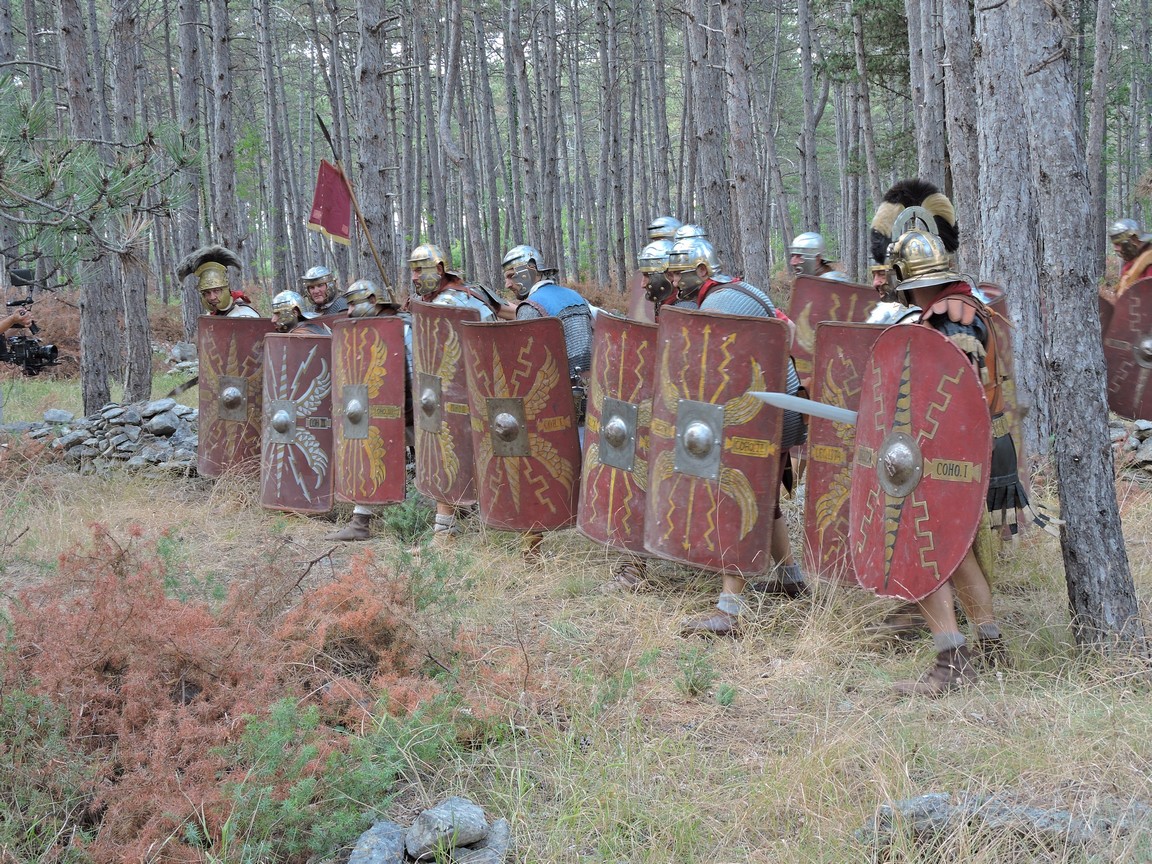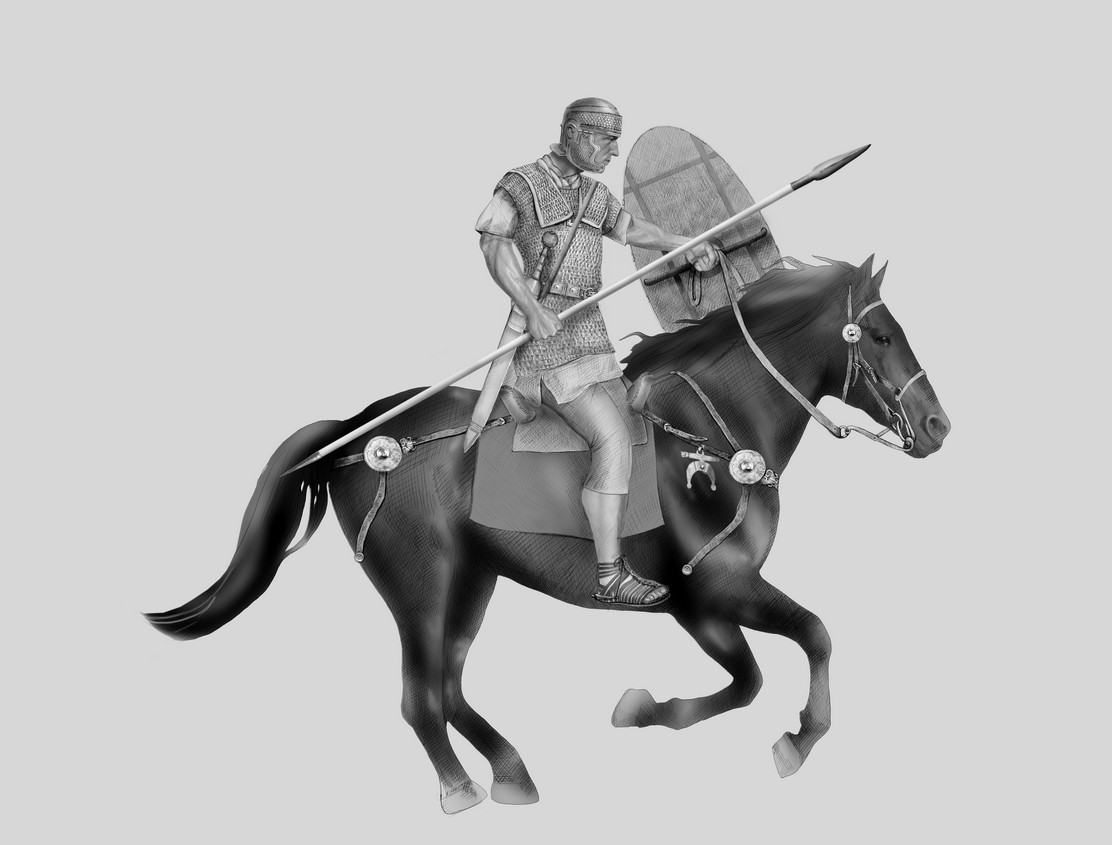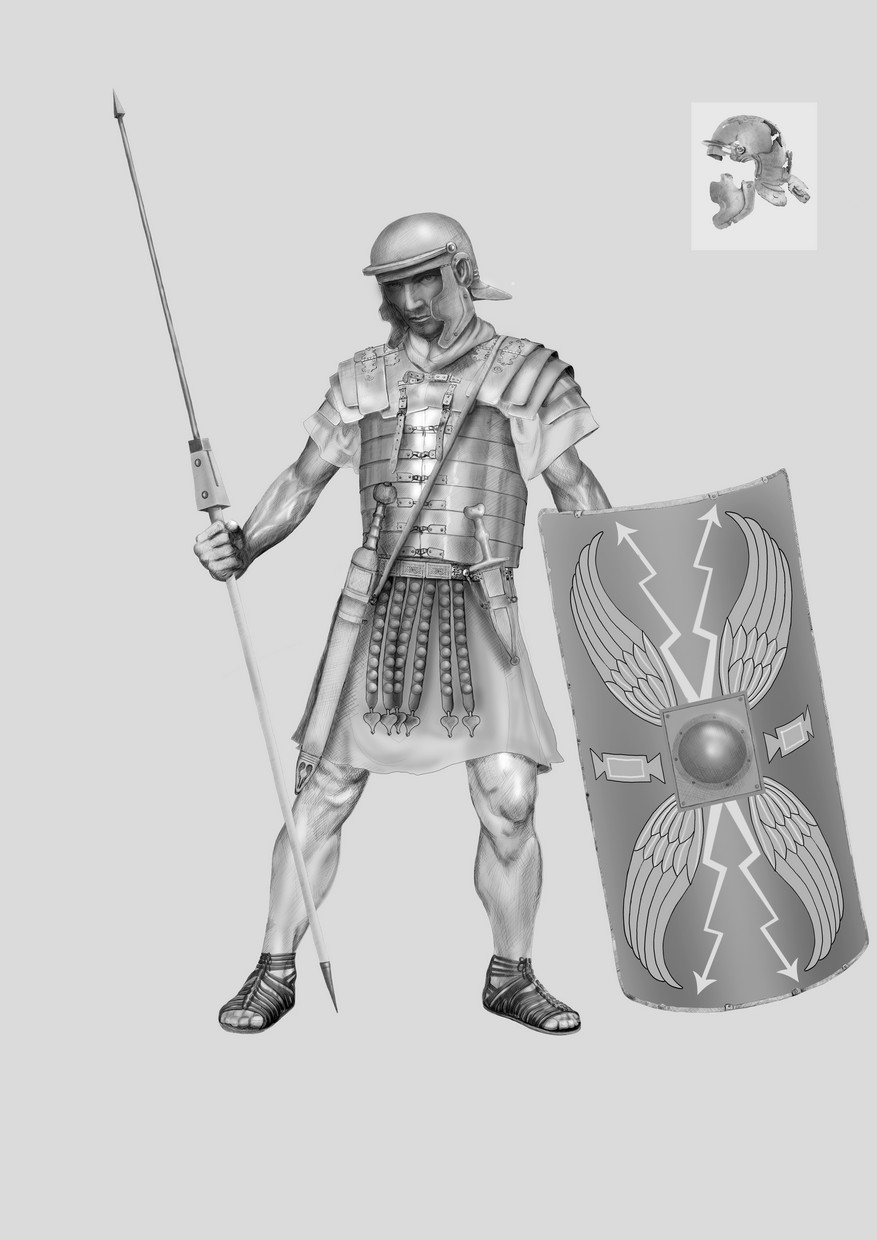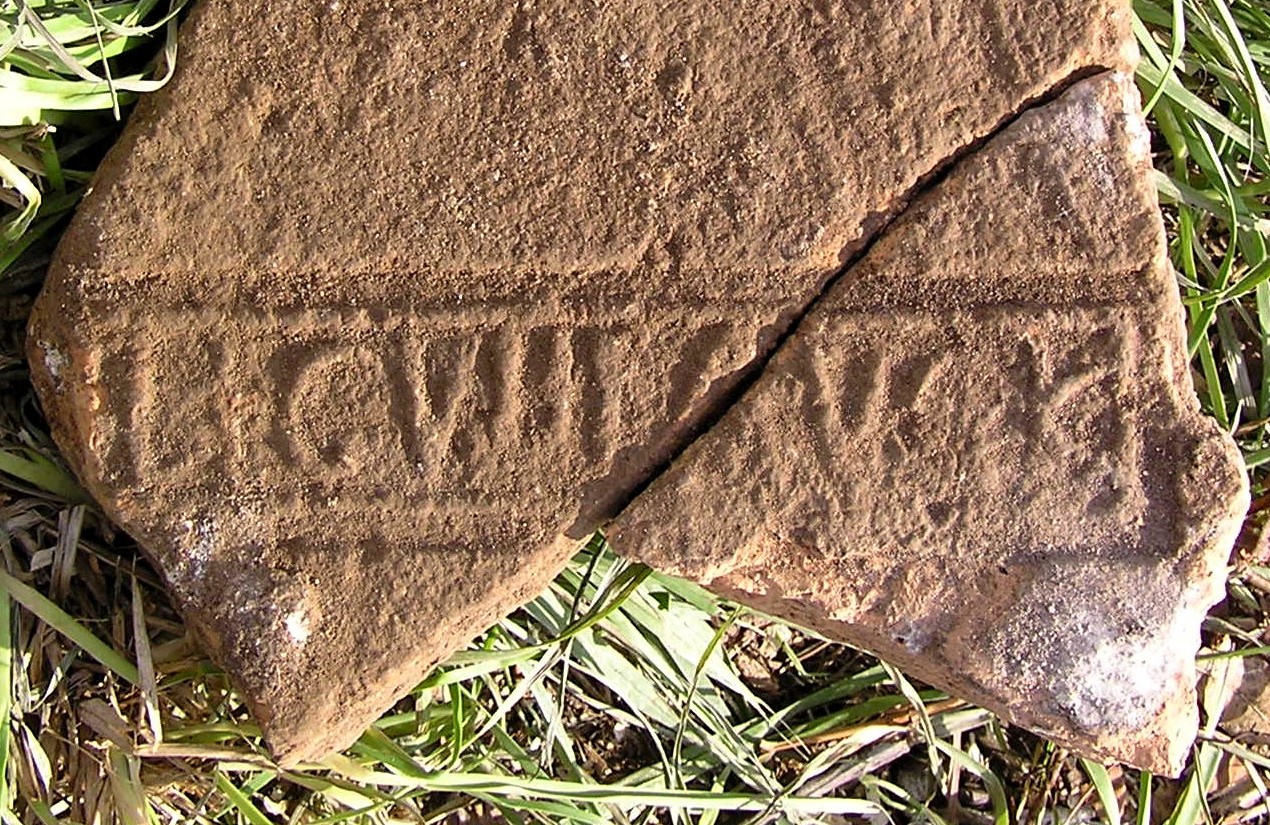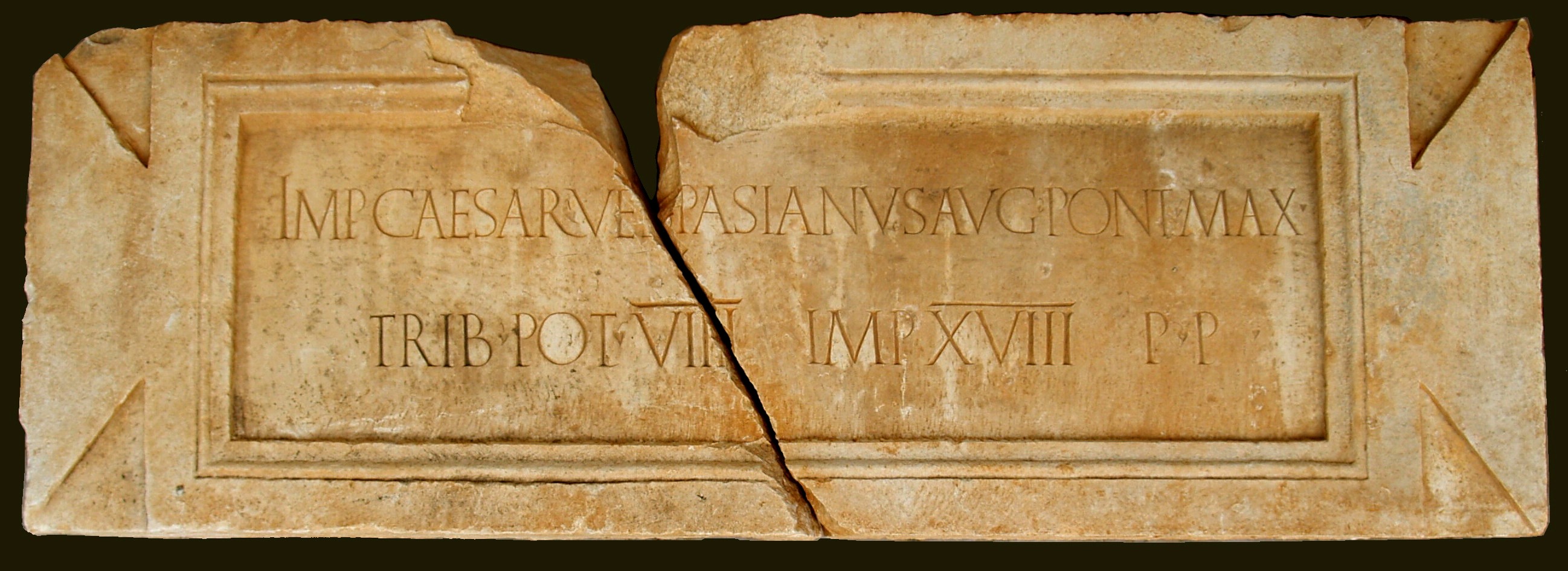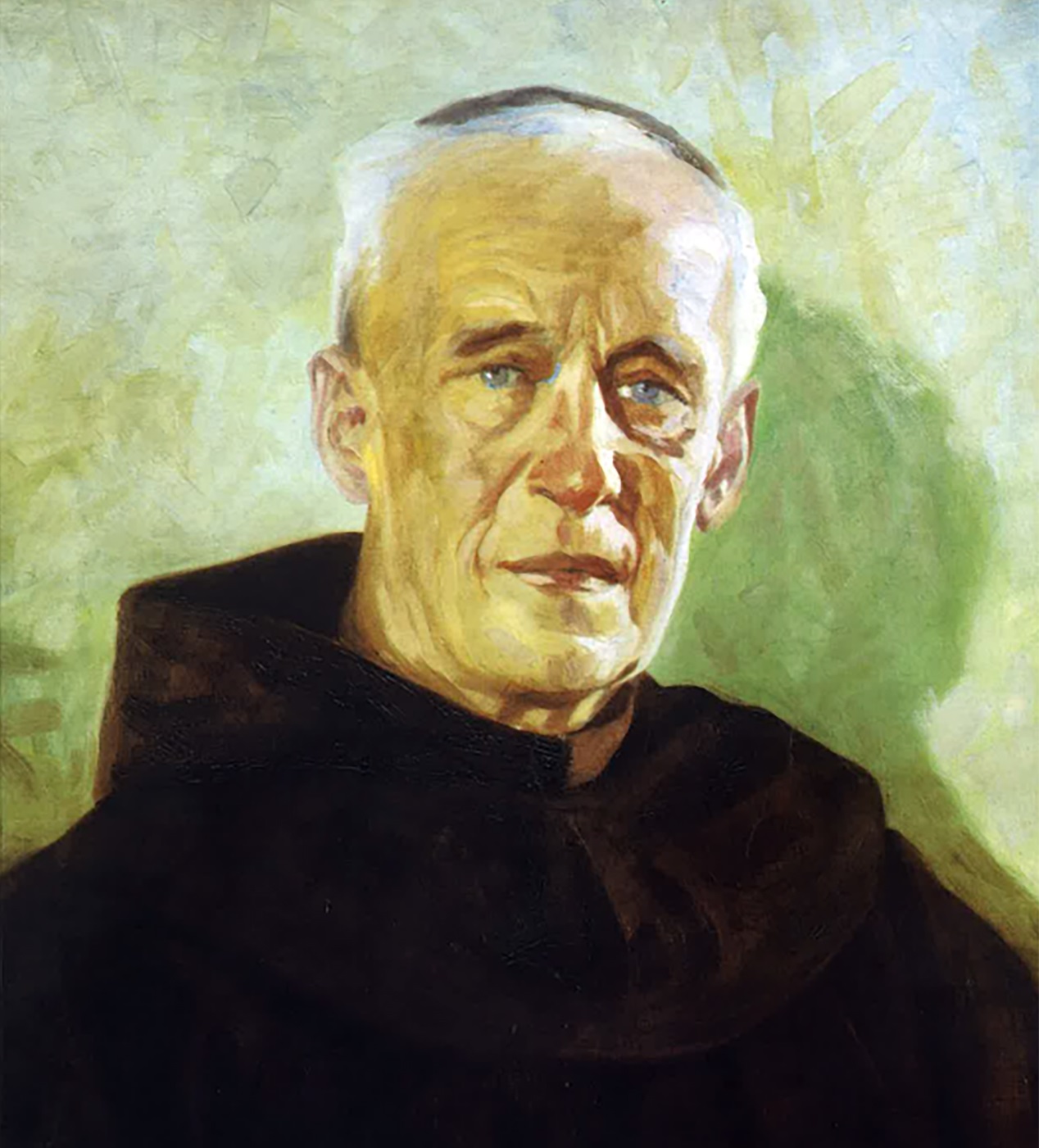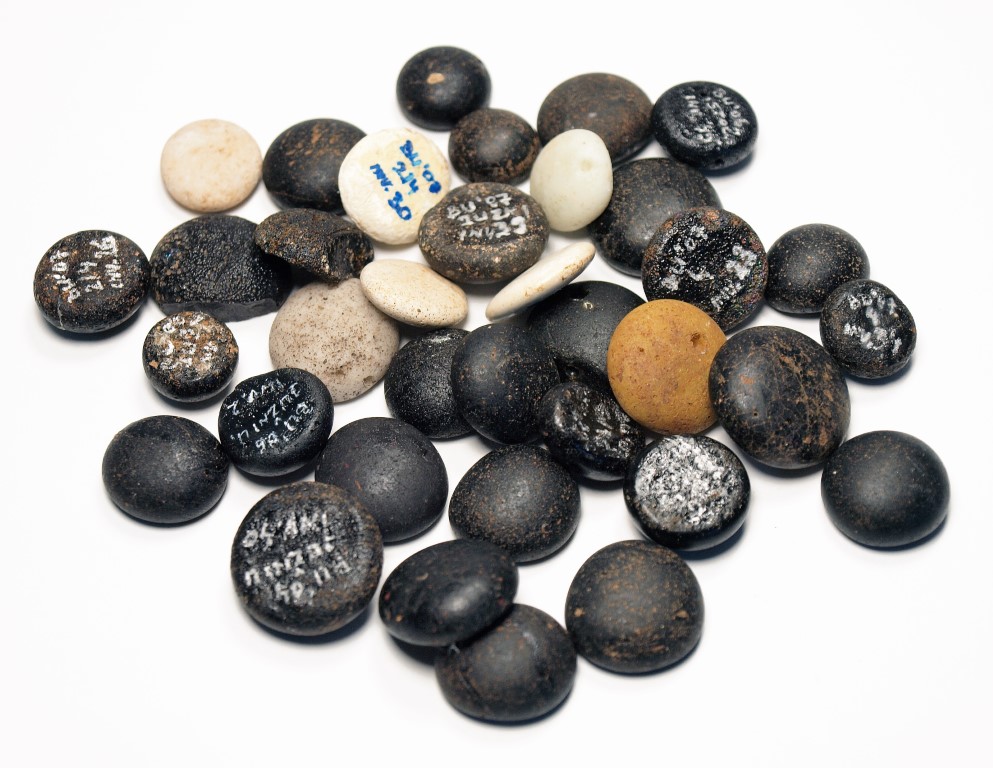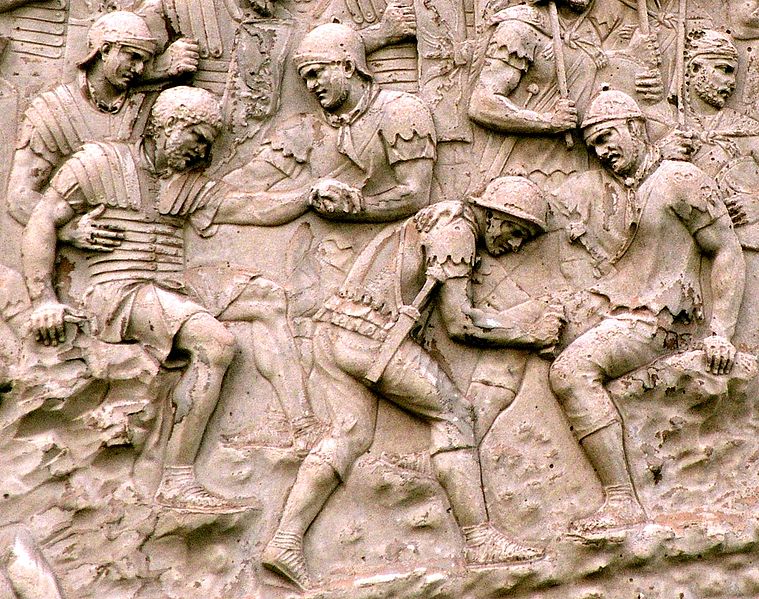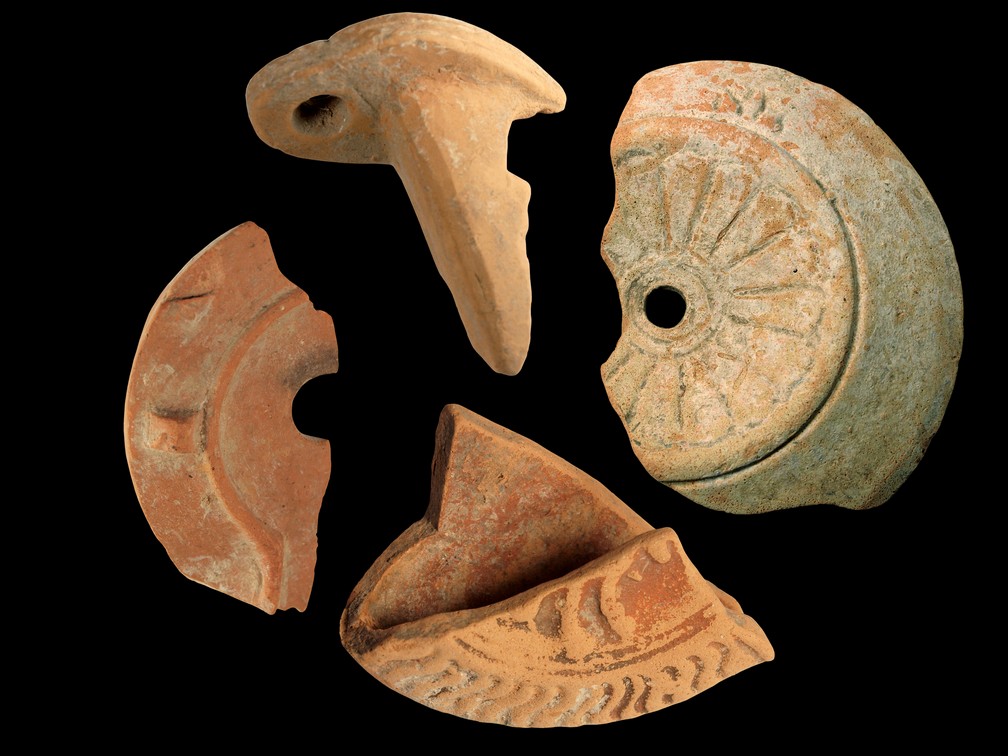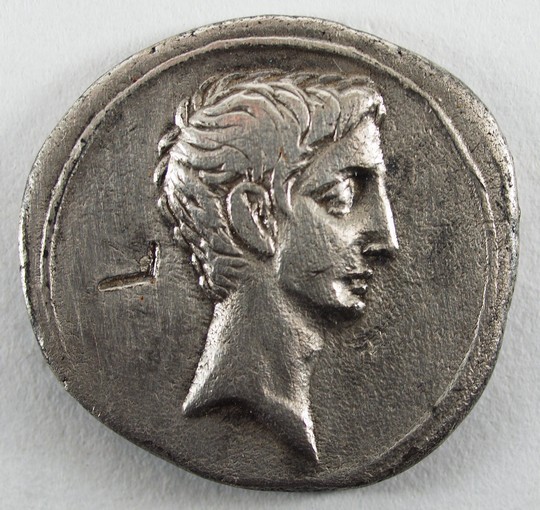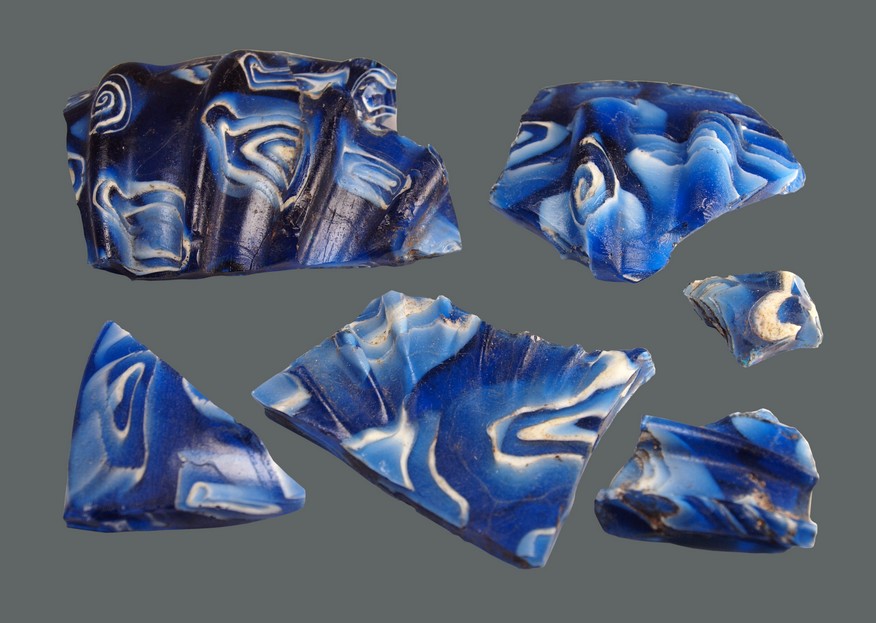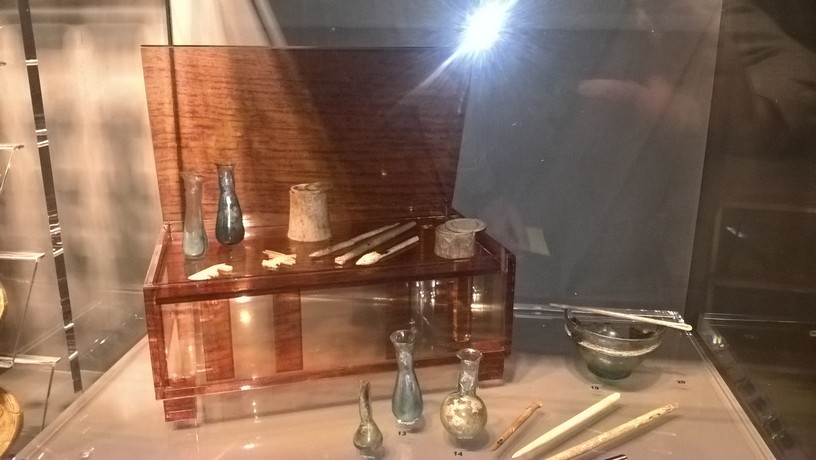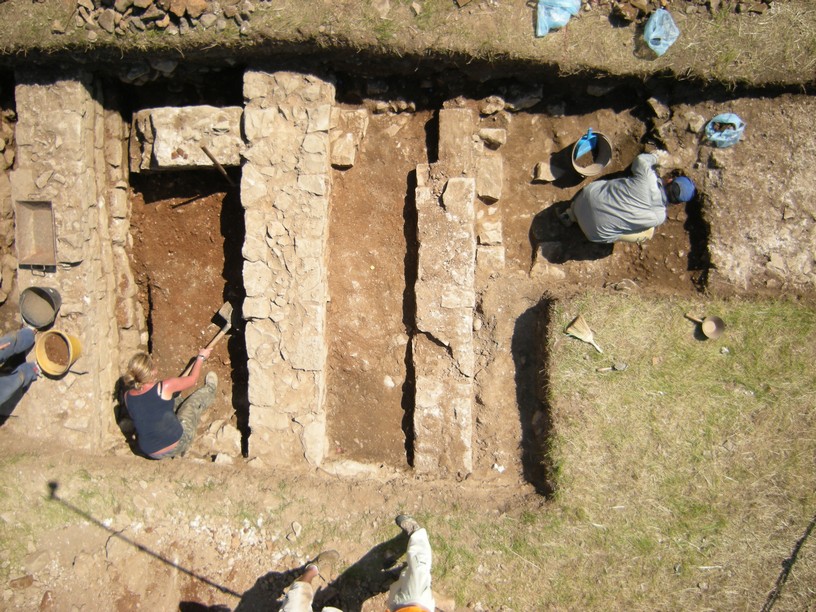The legionaries of Burnum
Four legions were stationed at the Roman military camp of Burnum, as is confirmed by literary sources, funerary stele of the soldiers, and stamps on the roofing tiles The first legion that was stationed in the area of Burnum was the XX legion Valeria Victrix. It is thought that at that point Burnum was still not a permanent military camp. The legion was founded by Gaius Julius Caesar in 49 BC. Its emblem was a boar. It distinguished itself through military interventions in Cantabria, Pannonia, and Germania, participated in the invasion of Britannia in 43 AD, and also the suppression of the uprising led by Boudicea, the British queen, in 60-61 AD. The last camp where it was stationed was Luguvalium (Carlisle). It left Britannia at the end of the 4th century and is considered to have been completely destroyed in battles with the Franks and Vandals at some later point. The exact year of its arrival in Illyricum is not known, we only know that it arrived in that province at the end of the 1st century BC and left it after 10 AD. It certainly must have participated in the conquest of Pannonia in 12-9 BC, and somewhat later in the suppression of the Great Delmatean-Pannonian Uprising in 6-9 AD. There are only a few epigraphic monuments in Dalmatia that can be associated with members of this legion. Among them is an inscription from Burnum that mentions the soldier Salvius Frebranus Baculus, who was the hastatus prior of the 20th Legion. Unfortunately, the monument was lost long ago, but a copy of the inscription has been preserved. After the suppression of the Great Delmatean-Pannonian Uprising, the XI legion Claudia Pia Fidelis came to Burnum. The legion was formed by Gaius Julius Caesar in 58 BC for the invasion of Gaul. Its emblem featured Neptune’s trident and lightning bolts. In addition to the Illyrian Wars, the legionaries of the XIth legion also took part in the Second Dacian War under Emperor Trajan, and the suppression of the Second Jewish Uprising under Emperor Hadrian. Members of the XIth legion built a permanent military camp in Burnum. This legion stayed in this area for the longest time and is mentioned the most in epigraphic monuments. Thirty some funerary monuments of soldiers from the XIth legion come from the Burnum site. Two tombstones of members of this legion are displayed in the permanent exhibition of the Archaeological Collection at Puljane, and they belonged to Quintus Gavius Optatus from Brixello (Brescia) and Quintus Julius Mansuetus from Como. In addition, veteran inscriptions have been found all over Dalmatia, on the basis of which it can be concluded that some of the former soldiers of the XIth legion retired in Dalmatia. In addition to military campaigns, the legionaries of the XIth legion are remembered for the role they played in the Scribonianus Rebellion of 42 AD. The soldiers refused to obey Scribonianus, governor of the province of Dalmatia, thus securing the throne for Emperor Claudius. As a sign of gratitude, Emperor Claudius granted the legion the honorary title Claudia Pia Fidelis. The soldiers of this legion took part in the Civil War in 69 AD, when they sided first with the Emperor Otto, and then swore allegiance to Vespasian, under whose leadership they aided in overthrowing the Emperor Vitellius. When the civil war ended, Emperor Vespasian sent the XIth legion to the military camp of Vindonissa (Windisch, Switzerland), where it remained until 102 AD, when it moved to Brigetio (Szőny, Hungary). Later, its permanent base was Durostorum (Silistra, Bulgaria). Emperor Vespasian reconstituted the disgraced IV Macedonia after the Batavian Uprising in 70 AD. The soldiers of this legion would form the core of the newly formed IVth legion, which bears Vespasian’s family name Flavia Felix. The new emblem of the legion featured a lion, the symbol of Hercules, Vespasian’s favourite deity. Immediately after the establishment of the legion, the IV Flavia Felix was stationed at Burnum, where it remained until 86 AD, when it was transferred to the Singidunum military camp (Belgrade). During the reign of Emperor Trajan, it participated in the Dacian Wars of 101-106. The last legion that was stationed at Burnum was the VIII Augusta, founded long before, during the Republic. Her emblem depicted a bull. Gaius Julius Caesar took over the command of the legion for the conquest of Gaul, and it also served him during the civil war with Pompey. It distinguished itself in the Cantabrian Wars under the command of the Emperor Augustus, and it is believed that it was then given the honorary title of Augusta. It additionally participated in the Pannonian wars, after which it was stationed at the military camp of Poetovio (Ptuj) until the reign of Emperor Claudius, when it was transferred to Novae (Bulgaria) in Moesia. In the civil war of the three emperors, it supported Otto, and after his death, it sided with Vespasian. After the civil war, it was stationed at the camp of Argentoratum (Strasbourg). The presence of the VIIIth legion in Burnum has not yet been clarified, but roof tiles with the stamp of this legion would indicate that it was stationed there for a long time. Additionally, two tombstones of members of this legion, apparently active soldiers, have been found.

